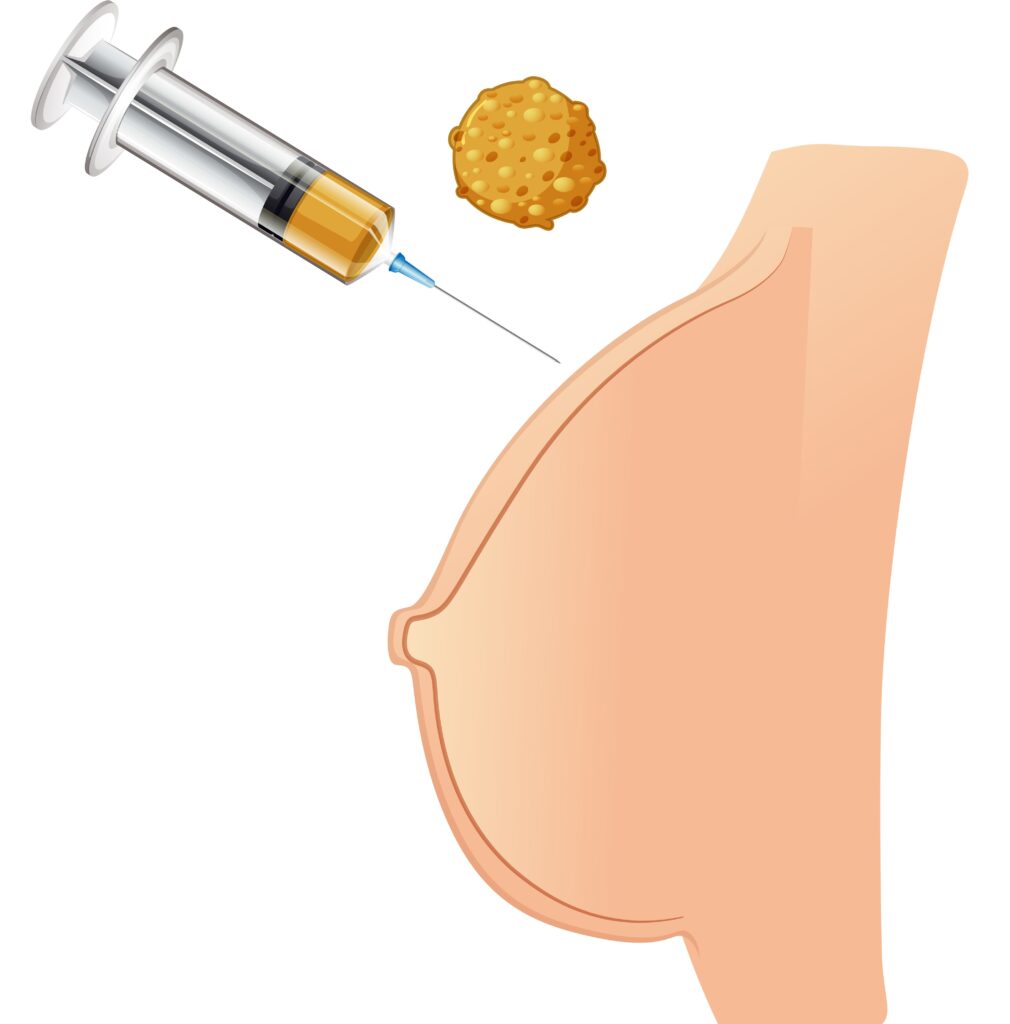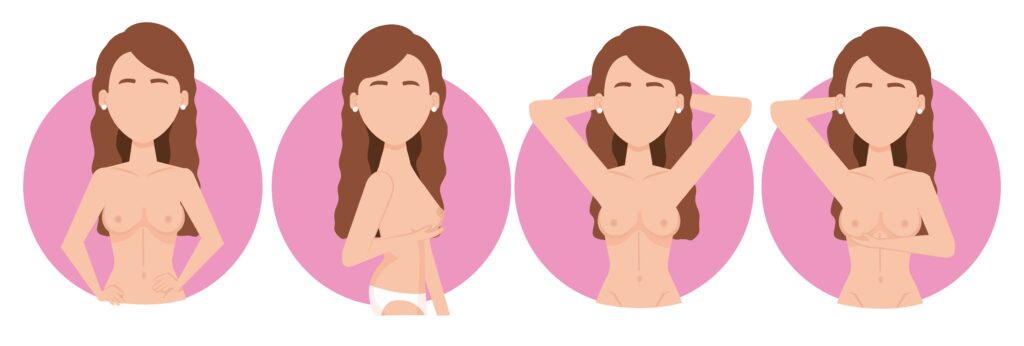Nipple-Sparing Mastectomy: Everything You Need to Know
Nipple-sparing mastectomy is a surgical procedure that has gained popularity in recent years due to its potential benefits and improved cosmetic outcomes. It involves the removal of breast tissue while preserving the nipple and areola complex.

This blog will provide a comprehensive overview of nipple-sparing mastectomy, including its cost, qualifications, advantages, risks, recovery, and more.
What is a nipple-sparing mastectomy?
A nipple-sparing mastectomy is a surgical technique performed to remove breast tissue while sparing the nipple and areola complex. The procedure is commonly used for individuals with early-stage breast cancer or those at high risk of breast cancer but want to retain their natural nipple appearance.
How much does a nipple-sparing mastectomy cost?
The cost of a nipple-sparing mastectomy can vary depending on factors such as the surgeon’s expertise, the geographical location of the surgery, and associated medical expenses. Typically, it is more expensive than a standard mastectomy due to the complexity and preservation of the nipple.
Who qualifies for nipple-sparing mastectomy?
Nipple-sparing mastectomy indications? Not all individuals are suitable candidates for nipple-sparing mastectomy. The qualification process is determined by various factors, including the size and location of the tumor, breast shape, and overall health of the patient. Patients with early-stage breast cancer and those at high risk may be eligible for this procedure.
Do you need a mammogram after a nipple-sparing mastectomy?
Yes, regular mammograms are still necessary even after a nipple-sparing mastectomy. Although most of the breast tissue is removed during the procedure, there is a chance of residual breast tissue near the chest wall, which can be evaluated through mammography.
How much sensation does the nipple have after nipple-sparing mastectomy?
The preservation of the nipple in a nipple-sparing mastectomy allows for a higher chance of retaining sensation compared to traditional mastectomy procedures. However, it is important to note that the degree of sensation can vary from person to person.
What is the advantage of nipple-sparing mastectomy?
The main advantage of nipple-sparing mastectomy is its superior cosmetic outcome. By preserving the natural nipple and areola, patients can achieve a more aesthetically pleasing result. Additionally, the procedure can lead to improved psychological well-being and body image.
Is nipple-sparing mastectomy safe? What are the risks of having it?
Nipple-sparing mastectomy is generally considered safe when performed by experienced surgeons. However, like any surgical procedure, it carries some risks, including infection, bleeding, changes in nipple sensation, and, in rare cases, nipple necrosis. It is essential to discuss these risks thoroughly with your surgeon before making a decision.
What happens after nipple-sparing mastectomy?
Following the procedure, patients will have drains in place to remove excess fluid from the surgical site. They may experience some discomfort, swelling, and bruising, but these side effects are temporary. Recovery instructions will include caring for the incision site and avoiding strenuous activities for a few weeks.

Do nipples get hard after nipple-sparing mastectomy?
Yes, it is possible for nipples to become hard or erect after a nipple-sparing mastectomy, especially when exposed to cold temperatures or stimulation. This is due to preserved nerve endings in the nipple.
Can you breastfeed after a nipple-sparing mastectomy?
Nipple-sparing mastectomy typically preserves the milk ducts, which may allow some women to breastfeed in the future. However, this is not guaranteed, and breastfeeding ability can vary among individuals.
How long does nipple-sparing surgery take?
The duration of the surgery can vary depending on the complexity of the case, but on average, a nipple-sparing mastectomy takes around 2 to 4 hours.
What is the recovery time for a nipple-sparing mastectomy?
The recovery time for nipple-sparing mastectomy can vary from person to person, but most individuals can expect to resume regular activities within 4 to 6 weeks after the surgery. Full recovery may take several months.
Does nipple-sparing surgery increase the risk of breast cancer recurrence?
Studies have shown that nipple-sparing mastectomy does not increase the risk of breast cancer recurrence when performed on appropriate candidates. However, patients should continue to undergo regular follow-up appointments and screenings to monitor their health.
What is the difference between nipple and skin-sparing mastectomy?
While both procedures aim to preserve the breast’s aesthetic appearance, a nipple-sparing mastectomy retains the nipple and areola, whereas a skin-sparing mastectomy removes the nipple but preserves more breast skin. The choice between the two procedures depends on individual patient factors and surgeon recommendations.
Conclusion
Nipple-sparing mastectomy is a viable option for selected individuals seeking breast cancer treatment or risk reduction while preserving the nipple and areola. This procedure offers cosmetic advantages and may contribute positively to the emotional well-being of patients. However, it is crucial to consult with a qualified surgeon and thoroughly weigh the potential benefits and risks based on individual circumstances.
References
- Galimberti V, Vicini E, Corso G, Morigi C, Fontana S, Sacchini V, Veronesi P. Nipple-sparing and skin-sparing mastectomy: Review of aims, oncological safety and contraindications. Breast. 2017 Aug;34 Suppl 1(Suppl 1):S82-S84. doi: 10.1016/j.breast.2017.06.034. Epub 2017 Jun 30. PMID: 28673535; PMCID: PMC5837802.
- Ashikari AY, Kelemen PR, Tastan B, Salzberg CA, Ashikari RH. Nipple sparing mastectomy techniques: a literature review and an inframammary technique. Gland Surg. 2018 Jun;7(3):273-287. doi: 10.21037/gs.2017.09.02. PMID: 29998077; PMCID: PMC6006015.
- Sacchini V, Pinotti JA, Barros AC, Luini A, Pluchinotta A, Pinotti M, Boratto MG, Ricci MD, Ruiz CA, Nisida AC, Veronesi P, Petit J, Arnone P, Bassi F, Disa JJ, Garcia-Etienne CA, Borgen PI. Nipple-sparing mastectomy for breast cancer and risk reduction: oncologic or technical problem? J Am Coll Surg. 2006 Nov;203(5):704-14. doi: 10.1016/j.jamcollsurg.2006.07.015. Epub 2006 Sep 11. PMID: 17084333.
- Simmons RM, Brennan M, Christos P, King V, Osborne M. Analysis of nipple/areolar involvement with mastectomy: can the areola be preserved? Ann Surg Oncol. 2002 Mar;9(2):165-8. doi: 10.1007/BF02557369. PMID: 11888874.
Frequently asked question
- Will nipple-sparing mastectomy affect my breast cancer treatment outcome?
Nipple-sparing mastectomy, when performed on appropriate candidates, does not negatively impact breast cancer treatment outcomes. In fact, studies have shown that the oncological safety of nipple-sparing mastectomy is comparable to standard mastectomy procedures. However, it is essential to consult with your oncologist and surgeon to determine if you are a suitable candidate for this procedure based on your specific breast cancer diagnosis and characteristics.
2. How can I prepare for a nipple-sparing mastectomy?
Preparing for a nipple-sparing mastectomy involves several steps:
a. Consultation
b. Medical Evaluation
c. Preoperative Instructions
d. Emotional Support
3. Are there alternative procedures if I am not eligible for nipple-sparing mastectomy?
If you are not eligible for nipple-sparing mastectomy due to factors such as tumor size, location, or breast shape, there are alternative procedures available:
a. Skin-Sparing Mastectomy
b. Areola-Sparing Mastectomy
c. Traditional Mastectomy















+ There are no comments
Add yours